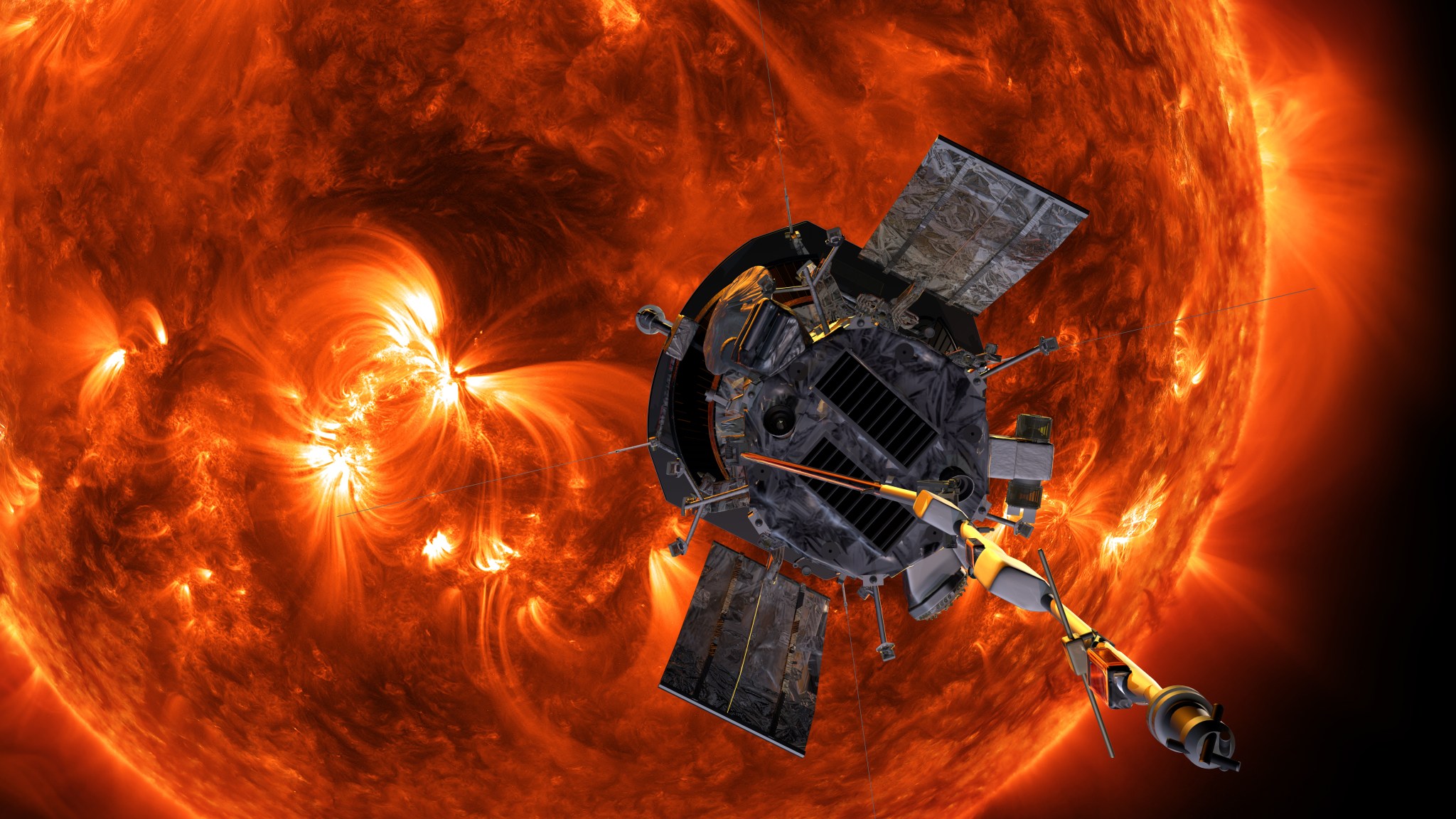As NASA nears the launch of its Parker Solar Probe, the agency will host a series of media briefings beginning Wednesday, Aug. 8. These briefings, as well as special programs, the launch on Saturday, Aug. 11, and a postlaunch news conference all will air on NASA Television and the agency’s website.
Parker Solar Probe will lift off on a United Launch Alliance Delta IV Heavy rocket from Space Launch Complex 37 on Cape Canaveral Air Force Station in Florida. The first launch opportunity is at 3:33 a.m. EDT, at the opening of a 65-minute window.
Although the deadline has passed for media to attend the launch of this historic mission to our Sun, journalists may participate in prelaunch and postlaunch news briefings via phone by contacting Kennedy’s News Center at 321-867-2468 for dial-in information.
The following is a complete schedule of mission coverage, including opportunities for media participation. All time are EDT:
Wednesday, Aug. 8
NASA will host a full morning of foreign-language teleconferences for international media, during which they can discuss mission science with project researchers.
- 9 a.m. – Japanese
- 10 a.m. – Italian
- 11 a.m. – German
- Noon – French
- 1 p.m. – Spanish
To participate, media must email their name and affiliation to Andrew Schurr at andrew.d.schurr@nasa.gov by 8 a.m. Aug. 8.
Thursday, Aug. 9
- 1 p.m. – Prelaunch mission news briefing
Friday, Aug. 10
- 6 p.m. – NASA Edge prelaunch broadcast
- 7:30 p.m. – What Parker Solar Probe Will Provide to Humanity
Saturday, Aug. 11
- 3 a.m. – Launch coverage begins
- 3:33 a.m. – Launch
- TBD – Postlaunch news conference
Media may participate in the postlaunch news briefings via phone by contacting Kennedy’s News Center at 321-867-2468 for dial-in information.
Parker Solar Probe will revolutionize our understanding of the Sun. The spacecraft will fly closer to the Sun’s surface than any spacecraft before it, facing brutal heat and radiation. It will be the first spacecraft to fly directly through the Sun’s corona – the part of the solar atmosphere visible during an eclipse – to answer questions about solar physics that have puzzled scientists for decades.
Gathering information about fundamental processes near the Sun can help improve our understanding of how our solar system’s star changes the space environment, where space weather can affect astronauts, interfere with satellite orbits, or damage spacecraft electronics.
For more details on the Parker Solar Probe mission and prelaunch and launch events, visit:
Join the conversation on social media at:
and
-end-
Dwayne Brown / Karen Fox
Headquarters, Washington
202-358-1726 / 301-286-6284
dwayne.c.brown@nasa.gov / karen.fox@nasa.gov
Geoffrey Brown
Johns Hopkins University Applied Physics Lab, Laurel, Md.
240-228-5618 / 240-228-8103
geoffrey.brown@jhuapl.edu
Tori McLendon
Kennedy Space Center, Fla.
321-867-8013 / 321-867-2468
tori.n.mclendon@nasa.gov



























